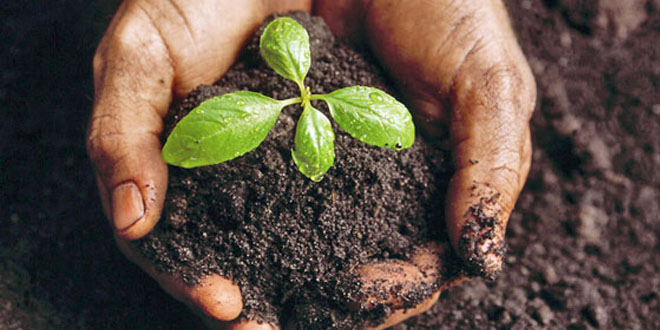Ensuring access to safe and nutritious food during the COVID-19 pandemic is pivotal to saving lives among the most vulnerable as food prices increase
drastically in parts of sub-Saharan Africa. As the regulations are tightened to prevent further
spread of the virus, food supply chains are strained due to bottle-necks in
transporting food products from point A to B. Before now, rural communities have had to deal with challenges facing the agricultural sector such as the limited market for their produce, which now exposes vulnerable communities to
hunger and starvation during this time. The Covid-19 pandemic not only affects
significant elements of both food supply and demand but also exposes the lapses
in our food systems with insight on areas we should look to
strengthen in the future.
As countries are on either partial or full lockdown, people
who depend on wages have lost their income-earning opportunities which have greatly
impacted purchase/consumption and access to safe nutritious food. There have also been few
changes in consumer behaviour, such as fewer visits to site markets (slaughterhouses),
hoarding and dietary changes due to fewer food choices brought about by unavailability and increased cost of food. Unless
we keep global food supply chains alive, food crises are likely to affect the
most vulnerable during the global pandemic. The lessons from the Covid-19 pandemic will inform our food policies for years to come.
Border closures, lockdown regulations and market and supply
chain disruptions could restrict people’s access to safe, sufficient, nutritious
food especially in communities hit hard by the coronavirus or previously at risk of food
insecurity. Prices of food have seen an unprecedented rise in the past few weeks
in different parts of Africa and may continue to rise as food vendors report that
restrictions on travel and high transportation costs make it harder and more
expensive to move food products to places where they are needed. Food imports are one
of the ways countries in the region supplement local production to meet the
growing demand for food and food products, with international food export on
halt, countries who depend largely on importation are facing great challenges in
accessing enough food especially staples such as rice.
Local food production has been suspended by companies in
lieu of government regulations to protect staff and the public,
locally sourced staples have seen a great price jump threatening food and
nutrition security in vulnerable communities. Food and nutrition security in
sub-Saharan Africa before now have struggled to receive the attention it
deserves from government and policymakers which has increased the vulnerability of our food systems and our ability to manage our food supply amidst
the global pandemic.
Recommendations
To avoid disruptions to the food supply chain and food
production, the Food and Agriculture Organization (FAO) is urging all
countries to:
- Keep international trade open and take measures that protect their food supply chain (from obtaining inputs such as seeds to assuring smallholder farmers have access to markets to sell their produce).
- Focus on the needs of the most vulnerable and scale-up social protection programmes including cash transfers.
- Keep their domestic food supply value chains alive and functioning.
- Taking all necessary precautions, seeds and planting materials must continue to flow to smallholders; animal feed to livestock breeders; and aquaculture inputs to fish farmers. Agricultural supply chains should be kept alive in-line with health safety concerns.
- Maintain agricultural activities.
The Author.
Lilian Umeakunne
 Lilian Umeakunne is a Food security and livelihoods specialist devoted to making a change in African Agriculture.
Lilian Umeakunne is a Food security and livelihoods specialist devoted to making a change in African Agriculture. Follow her on social media to share your thoughts and contribute your ideas to solving Africa's greatest problem - hunger and poverty.
Handles
LinkedIn: Lilian Umeakunne
Twitter: @Lily_Umeh
Facebook: Lilian Umeakunne.

